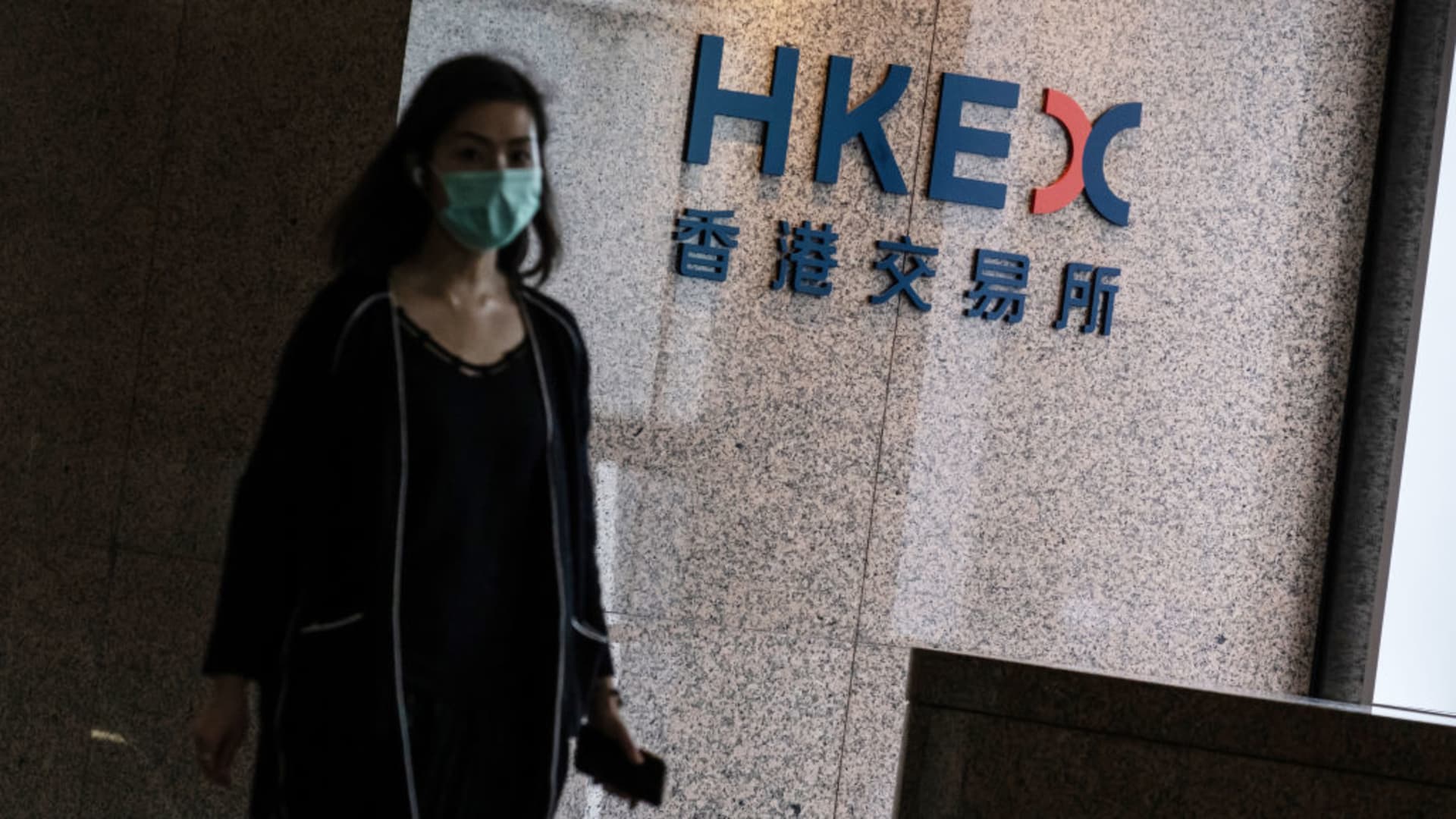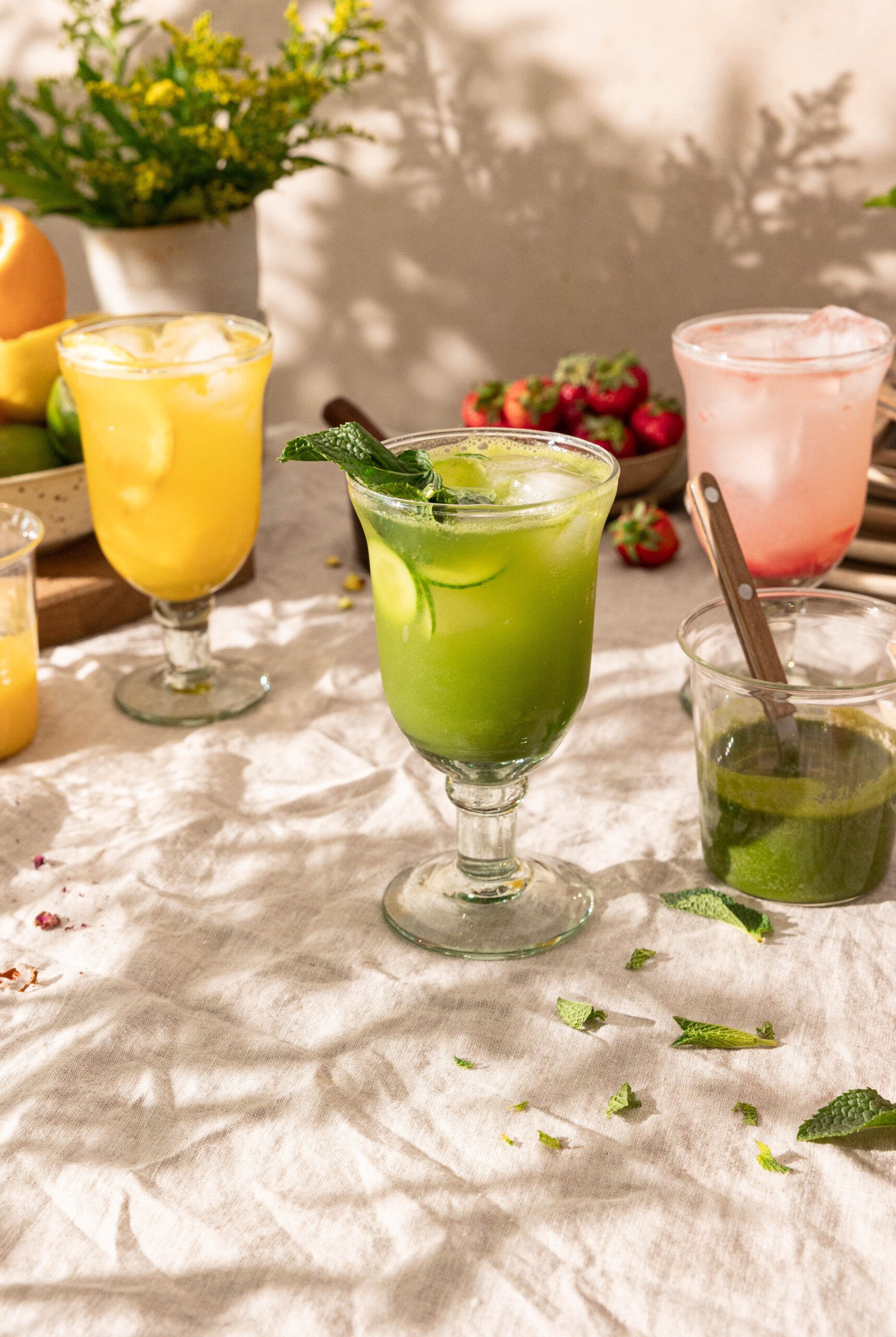Lachlan's banana crop is 10 times more profitable than cotton, but without workers he had no choice but to swap
The worker shortage forces Kimberley banana farmer Lachlan Dobson to rip up 50ha of banana crop and replace it with less labour intensive, and less profitable, cotton.
Hectares of tall leafy trees on Western Australia's largest banana plantation have been replaced with bright fields of cotton, with a critical staff shortage making the fibre more economically viable than the fruit.
Key points:
Growers running WA's biggest banana farm are replacing more than half of their plantation with cotton due to a worker shortageMango farmers in Australia's north are turning to new forecasting technology to help improve staff managementThe mango industry hopes developments in robotics may reduce the long-term demand for seasonal workersFor the first time in 27 years of farming, the Dobson family has picked a cotton crop, after knocking down more than a third of their Ord Valley banana plantation last year.
With the 40 staff typically needed to pick bananas across the 120-hectare plantation falling to as few as five workers last season, Lachlan Dobson said the family was left with no choice but to reduce the size of their banana crop.
It meant clearing 50 hectares of trees and searching for a profitable replacement.
"If we had left it, that would have introduced some sort of fairly major biosecurity concerns for the remaining plantation, so it needed to be removed," he said.
"We sat down and we did sort of an analysis to try and work out what non-labor-intensive crop we could grow that would give us the best returns and cotton won that one fairly comfortably.
"The returns that we're going to get from the bananas are more than 10 times better than what we would get for the cotton, but without any labour we couldn't progress with the bananas."
The transition was challenging, with land clearing, new irrigation infrastructure and contractors required to plant and pick the fibrous crop.
But Mr Dobson said the investment had paid off, with the property's demand for labour now far lower.
"We can manage the cotton by jumping on a motorbike and driving around every morning for about 20 minutes just to make sure the irrigation system has worked and everything is proceeding and that's basically all the work you do," he said.
"The benefit is going to be that we're actually going to make a return on this 50 hectares that we've planted."
The Dobsons plan to clear another 40 hectares, expanding their cotton plantings to 90 hectares next season.
Long term, Mr Dobson hoped the eventual return of labour to the property would allow for a rapid return to bananas.
"We've got the capacity to change over crops fairly quickly," he said.
"We'll just sit back and wait and see what the labour market looks like."
Turning to tech
While crop changes are possible for some, mango growers in Australia's north are turning to technology to help manage staffing deficits.
New "machine vision rigs" scan through an orchard while attached to a moving vehicle, using light detection and ranging, machine vision and time-of-flight cameras to make crop estimates from the time of flowering.
It means growers can better forecast crop yields and how many staff they will need to harvest their fruit.
"If you know how much volume you need to harvest at a particular time, you can really, really fine-tune how much staff you need at that given time," Central Queensland University researcher and former mango farmer Martina Matzner said.
"We're all in some way competing for these resources, so if we can better align our forecast and we all know the crops we're getting off at what particular time, well rather than competing we actually can share these resources."
Ms Matzner said there had been an increased interest in the technology from WA in the wake of the labour crisis.
A robotic future?
Central Queensland University is looking at taking the technology a step further and developing a robotic mango picker to reduce the industry's reliance on seasonal workers.
The technology uses the same camera technology as the machine vision rig, paired with 12 mechanical arms to pick mangoes from trees simultaneously.
Professor Kerry Walsh said a major field trial was taking place in Katherine next month to assess the machine's effectiveness.
"Getting it to move quickly across the whole tree is where we're at," he said.
"Then we'll be looking to get it into a commercial partner to take it in the next step and build it into a harvest aid."
Mr Walsh said staff shortages were the "key driver" behind the development of the technology.
"It's a hard job, you're in the middle of summer with 40 degree heat with an acidic sap, you're not going to attract people easily to the job," he said.
"It's surprising [manual picking] has lasted this long."

 KickT
KickT 






























.jpeg?trim=0,89,0,88&width=1200&height=800&crop=1200:800)

